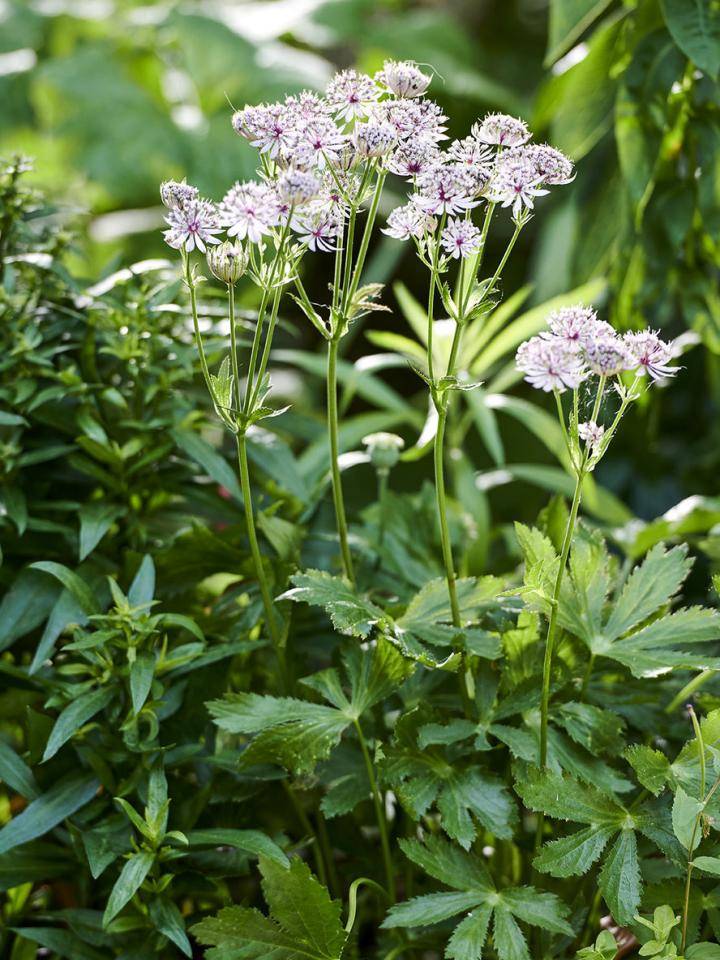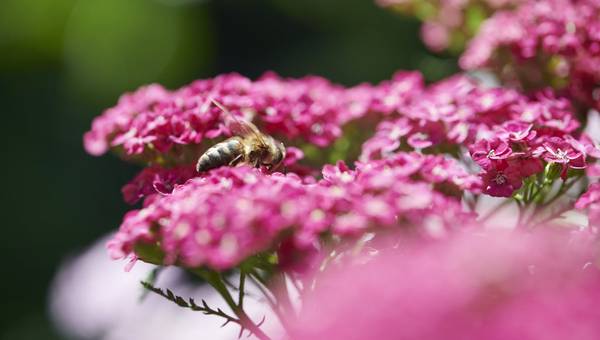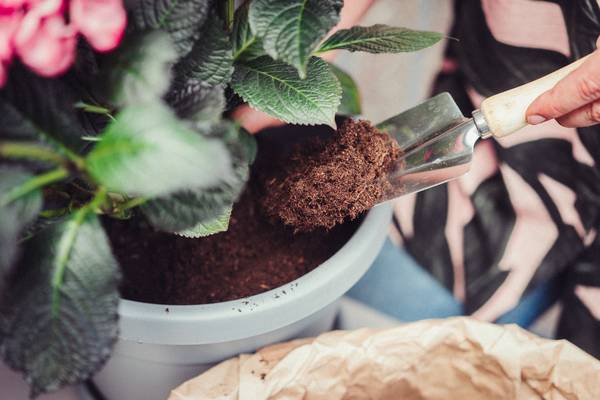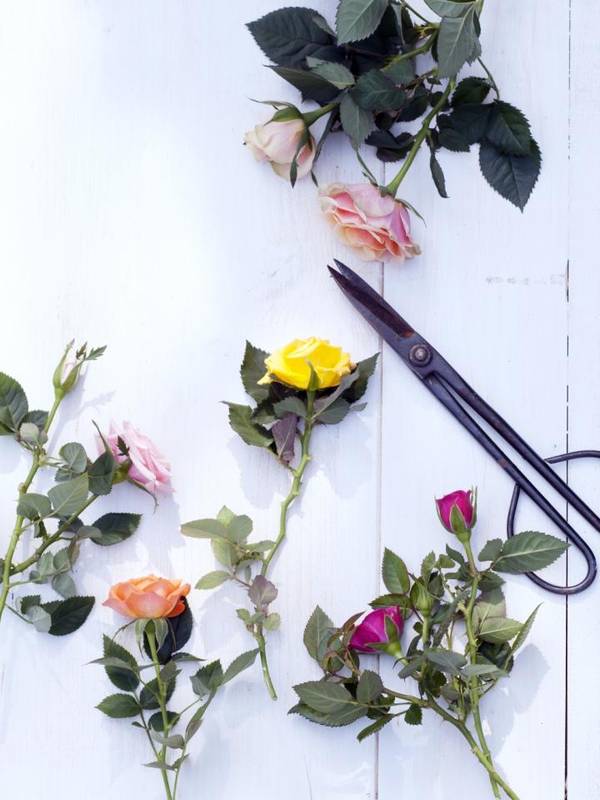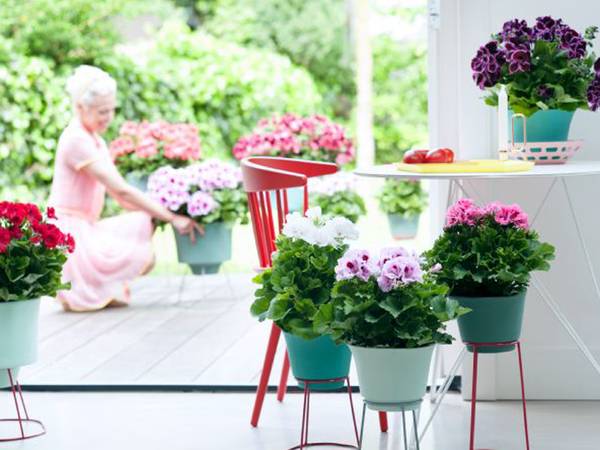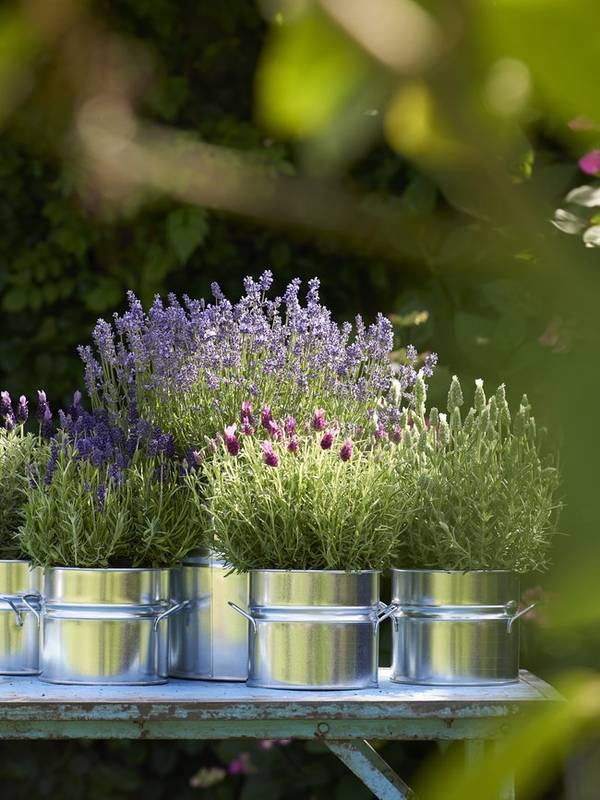
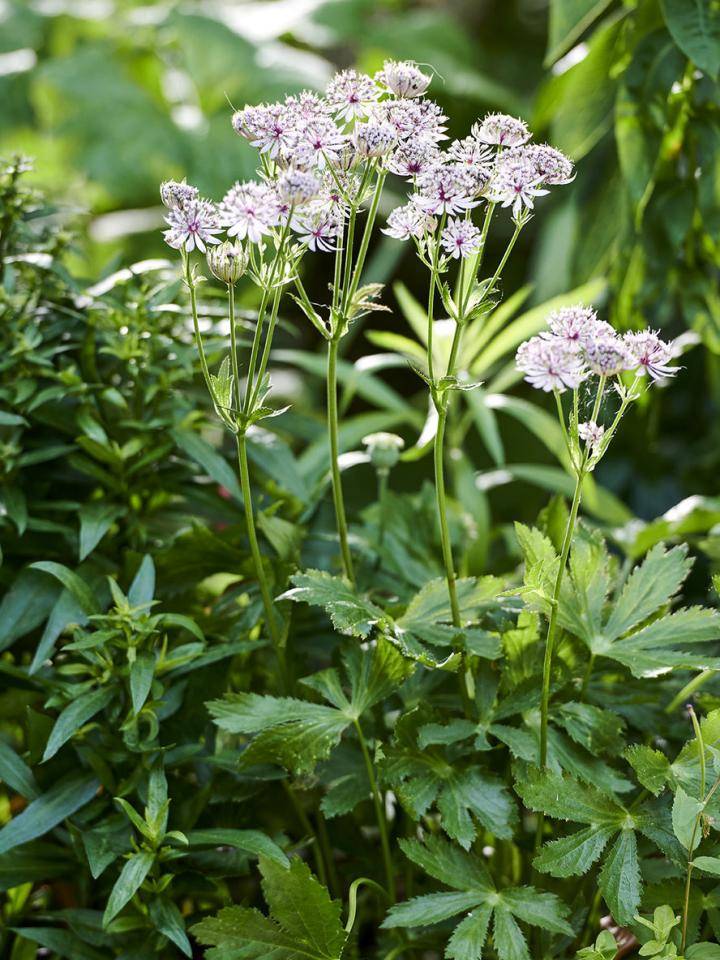
Care
- Astrantia likes full sun, but can also tolerate partial shade.
- The soil can be rich and a bit damp.
- For borders you should use 7 to 9 plants per square metre.
- A second flowering usually follows if you cut off the wilted stems.
- Astrantia sheds its leaves, but is hardy.
Colours and shapes
Astrantia is a real eyecatcher thanks to the fabulous flowers. From the heart a hemisphere of flowers grows on green or pink stems forming an umbel 2 to 4 cm wide. Around this ‘pincushion’ stand green and white petals in a star shape, lending the flower a radiant appearance. Astratia grows to a height of 50 to 75 cm, and flowers from June until August, although most carry on until well into September. The flowers are red, pink or white and attract butterflies, bumblebees, honeybees and other useful garden visitors. The leaves are deeply incised and retain an intense green colour throughout the summer.
Herbaceous plant
Astratia is a member of the umbellifer family, and grows in central, eastern and southern Europe, roughly from the Pyrenees to the Caucasus. It’s favourite spot for flowering is in damp mountain forests and in mountain meadows. The unusual shape means that in the wild the plant can easily give the impression that a bridesmaid’s bouquet is growing out of the soil. It’s an appealing, romantic flower.
Trivia
- The botanical name Astrantia is derived from ‘aster’ which means ‘star’ in Latin and refers to the shape of the flowers.
- That star shape made an impression in the Middle Ages: in old folk tales the flowers are referred to as ‘stars that have fallen to Earth’. But we don’t know whether you’re able to make a wish on them.
- Astrantia’s symbolic meaning is ‘strong brave protector’.
